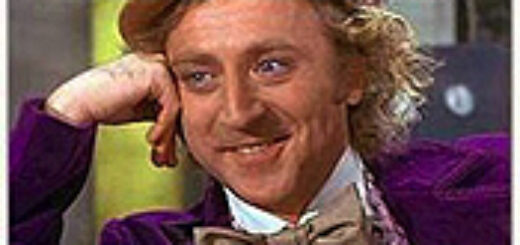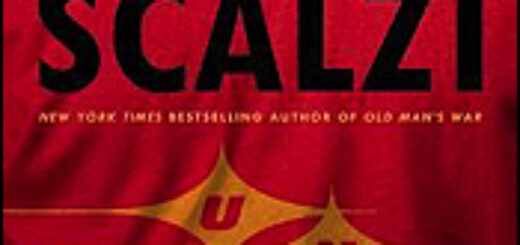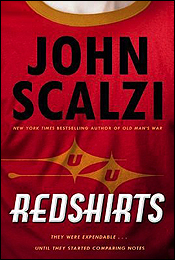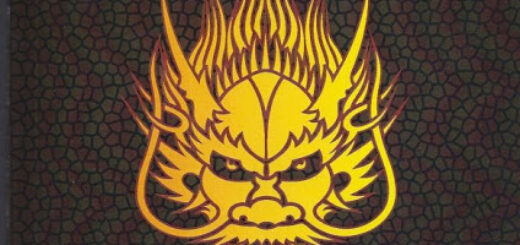Marc Alan Fishman: Wizard World Redemption
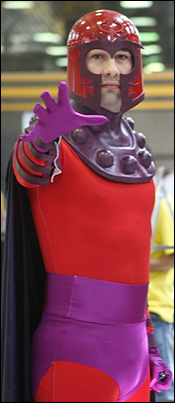 Hello, everyone! After last week, I figured it’d only be fair that I give Wizard World a little hand up, since I was so quick to toss them into the gutter. Suffice to say I saw a ton of responses via Facebook, Twitter, etc. in support of my disappointing feelings at this past Wizard World Chicago. So, with all eyes from their ivory tower now squarely pointed at me*, I shall make an epic journey for Wizard, giving them the laundry list of things I’d like to see them do to reclaim their former convention glory.
Hello, everyone! After last week, I figured it’d only be fair that I give Wizard World a little hand up, since I was so quick to toss them into the gutter. Suffice to say I saw a ton of responses via Facebook, Twitter, etc. in support of my disappointing feelings at this past Wizard World Chicago. So, with all eyes from their ivory tower now squarely pointed at me*, I shall make an epic journey for Wizard, giving them the laundry list of things I’d like to see them do to reclaim their former convention glory.
Remember what started this whole shebang – comic books. Just because you can’t lay claim to the publishing giants does not mean with some delicate planning, you can’t land the amazing creators behind said publishers. Suffice to say, if you bring them, the fans will come. People love Marvel and DC. But they don’t come to the convention just because there’s a chance to see DC Direct action figures and snag some Marvel posters. More often than not? The mainstay of your crowd – the real comic fans – want a chance to meet the creators behind their favorite book. Whatever Wizard did to shun so many artists and writers? Well, it’s time to send out some apologetic gift baskets, and comp the way for the names that will draw in the most people.
And if you should be so lucky to entice a gaggle of cool creators, the next step is simple: plan a convention that celebrates the medium through intelligent discussion and good old-fashioned fun. What this means? Programming. Even in the larger convention halls, your crowd can peruse the show floor in about two hours, if they take it slow. This means that there is time in every show-goers’ schedule to enjoy something more than just spending their money.
In my youth, I recall amazingly fun panels: the Silver Age Trivia Contest, hosted by Mark Waid, the CBLDF Sketch-off, where top names like Jim Lee and Phil Hester jammed on audience suggestions for charity, as well as countless “how-to” panels where small gatherings of 50 or so fans got live demonstrations on everything from digital inking to script writing. At their core, the conventions are here to celebrate comics, not (just) corral all our cash.
Next up on the list? The non-comic stuff. Hey, I freely admit that these shows have grown to encapsulate all of Nerdtopia. And it’s cool if the show plays well with others. Comic geeks are also Trekkies, Jedis, Whovians, Vampires, and Otaku. So bring on the D-List Sci-Fi Channel celebutaunts. Bring on the retired WWE wrestlers. Create a dais of former Starfleet Captains and Wookies. Just don’t make them the sole reason to come. And better yet? Find a way to reduce the gouging. No need to pay for a show floor ticket, if you’re only there for some pictures. In the past, there was a nice area off the main floor where photo ops and autograph seekers could assemble. Do it again and you can bring back something all good shows have… a laid back traffic flow, instead of a jam of fanny packs and unwashed masses.
The last bit I’d like to touch on is something I yearn for: the promotion of the little guy. For a company like mine, these conventions are the single best way for us to gain a following. We sell books, hard, and do our best to connect to every fan that walks past our table and makes eye contact. With just a little help from show promoters (ahem, Wizard World…) we “indie guys” could have access to the fans en masse. And that could make all the difference in the world. Back when Wizard was huge, tickets came with a grab bag of materials. Offer the opportunity for indie creators to make samplers to place in these bags. Offer up panels to unknowns, who can help lead discussions, debates, tutorials, and demos. Con attendees interested in the content alone might then be converted into legit fans.
In short, Wizard World is well within the grasp of greatness. A few apologies, a few comps, and a few good planners could help take their show from the doldrums their in right now, and slowly rebuild them to be what they once were. The first step though is to admit there’s a problem. As the industry slowly crawls towards the advent of creator-owned content, the convention circuit will quickly become the single best way to connect fans to the industry. Don’t lose sight of that just because you can nab Sookie for a few autographs. We’re the reason these shows started, and dag nabbit, we’re the ones who can make them great again.
* I’m safely assuming that Wizard scours the net for mentions of their cons, and have no doubt flagged me as a ne’er-do-well on their hit list.
SUNDAY: John Ostrander

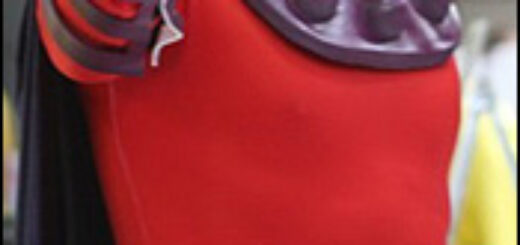
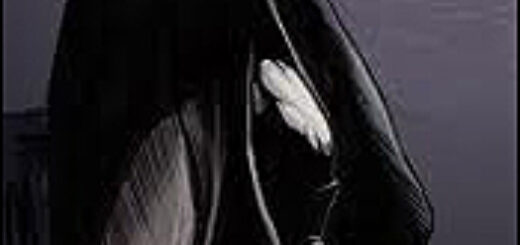
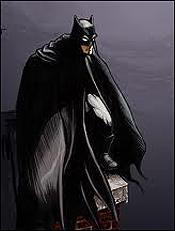

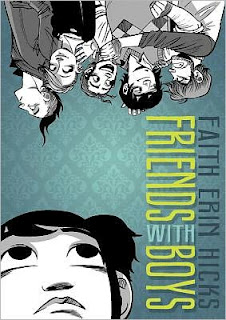
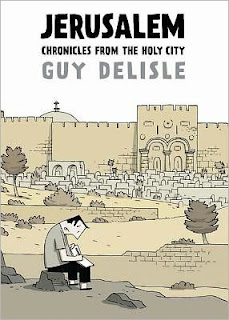 Everyone has their niche, their two inches of ivory that they work over so closely with a fine-haired brush. Some niches are larger than others — project manager, superhero artist, war apologist, social novelist — but they all bind, more or less, around the edges. Some artists fight against that niche, and some embrace it.
Everyone has their niche, their two inches of ivory that they work over so closely with a fine-haired brush. Some niches are larger than others — project manager, superhero artist, war apologist, social novelist — but they all bind, more or less, around the edges. Some artists fight against that niche, and some embrace it.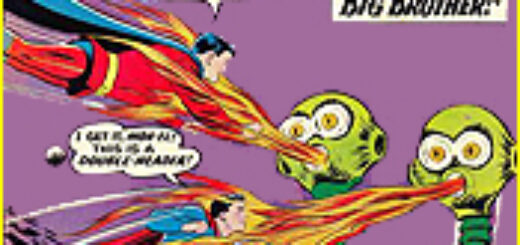
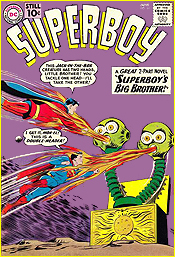
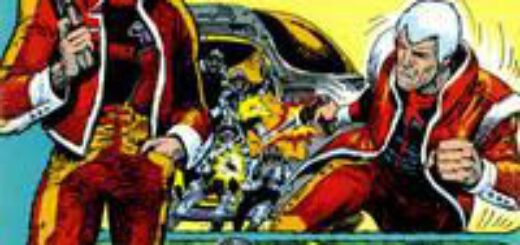
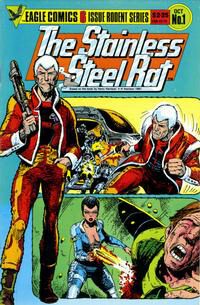


 Joe Kubert’s distinct art style was one of the earliest I recall being able to identify. It seemed such a perfect fit the DC war titles and I was always pleasantly surprised to see the occasional superhero cover during the 1960s. I didn’t really get a sense of his lengthy tenure in comics until he was spotlighted in an issue of DC Special.
Joe Kubert’s distinct art style was one of the earliest I recall being able to identify. It seemed such a perfect fit the DC war titles and I was always pleasantly surprised to see the occasional superhero cover during the 1960s. I didn’t really get a sense of his lengthy tenure in comics until he was spotlighted in an issue of DC Special.


